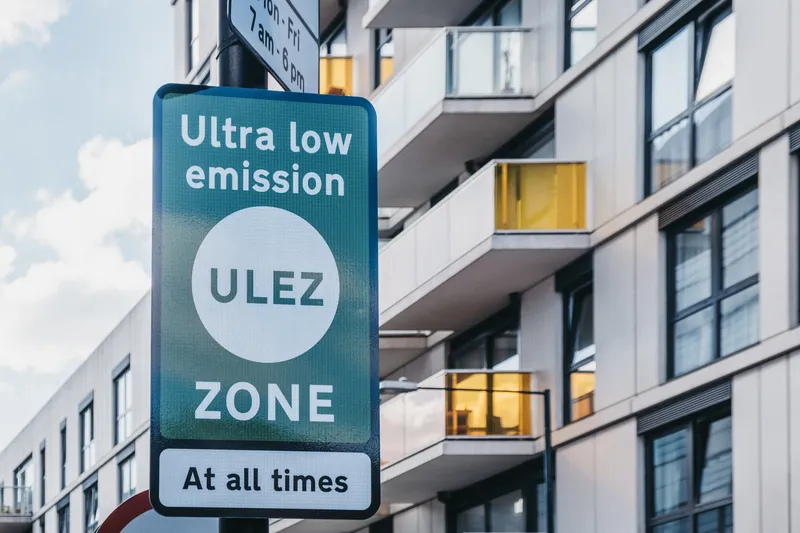In Australia, Perth state government has unveiled its plans for a light rail network to relieve traffic congestion in Perth. The government is proposing a 22 kilometre light rail line linking the central business district to the northern suburbs and running alongside some of the city's busiest roads.
September 4, 2012
Read time: 1 min
In Australia, Perth state government has unveiled its plans for a light rail network to relieve traffic congestion in Perth. The government is proposing a 22 kilometre light rail line linking the central business district to the northern suburbs and running alongside some of the city's busiest roads.
The Transport Minister Troy Buswell says it will cost more than US$1 billion. "It will give us the sort of public transport offerings that other leading global cities enjoy," he said.
The Transport Minister Troy Buswell says it will cost more than US$1 billion. "It will give us the sort of public transport offerings that other leading global cities enjoy," he said.








